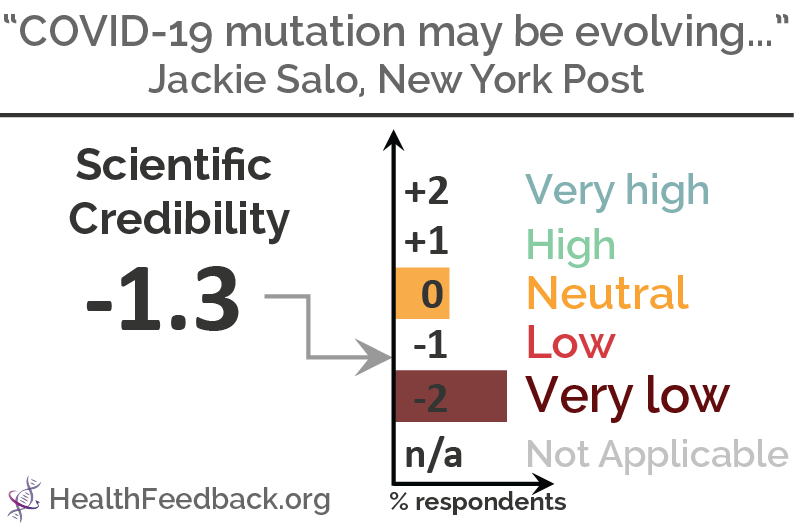CONTEXT:
Shuen-fu Lin addresses "the sage", the person with the highest spiritual attainment who was first emulated and thought of in the Wei-Jin movement, following the Han Dynasty. The sage allows the innate tendencies and has all five of the human emotions addressed in the passage, but "...does not act, complies, and does not implement. He eliminates what leads things astray and gets rid of what confuses them." The sage is addressed as exhibiting qualities of both the Daoist way of life and the Confucianist way. The sage is like the image of water that is an unattainable, sage-like, presence and moral conduct, desired by both Daoist and Confucianist beliefs. "Gentlemen" look at water in awe, gazing upon the perfection of its inaction and lack of effort in attaining its intellect, beauty, and respect. The water has of "ziran", or perhaps, is "ziran" that humans are able to express communion with nature and nonpurposive action. This word is also described as spontaneously existing and being "so oneself" -nothing acting behind them. Water does not decide or dwell for too long, it just exists in movement and in detachment which I think human beings desire greatly.
Cai, Zongqi. Chinese Aesthetics: The Ordering of Literature, the Arts, and the Universe in the Six Dynasties. Honolulu: University of Hawaii Press, 2004.
RELATE:
In 'The Experience of Nature' by Rachel and Stephen Kaplan, human action and thought is addressed as influenced by our setting/environment whether the setting require immediate responsive action or the response take place in a slower, observational method varies. The authors write, "People are particularly aware of information that is visual, that concerns what they see. That does not mean that people interpret the information in visual terms exclusively; rather, visual stimuli are effective in conjuring associated information. The sight of water provides information about potential opportunities which may or may not be visual in themselves" (Kaplan, 4).
Reverie from observation that allows self reflection, thought free from distraction, and intuitive action is typically included in our broader categorization of landscape qualities when we discuss as landscape architects. Human reaction to landscape is so much bigger than the texture, color, or even kinesthetic feeling within the place and can be thought of as artwork in addition- prompting development of thought even subconsciously within the the one experiencing.
Kaplan, Rachel, and Stephen Kaplan. The Experience of Nature: A Psychological Perspective. Cambridge: Cambridge University Press, 1989.
